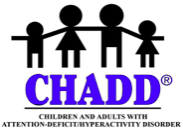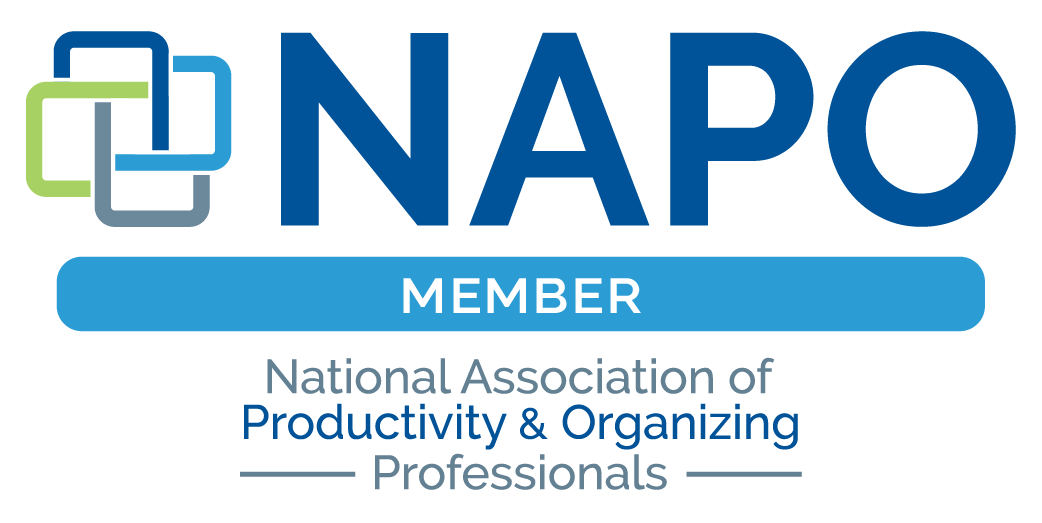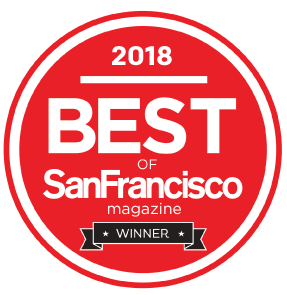resources
MAILBOX DIET
If you receive too much junk mail, perhaps it’s time to put your mailbox on a diet. Reducing the amount of uninvited mail entering your life has great benefits: you’ll minimize paper clutter in your home, and you’ll become part of the larger effort to eliminate unnecessary paper consumption.
- Catalog Choice a non-profit non-profit organization, managed by The Story of Stuff Project, is an awesome resource for reducing unwanted junk mail and catalogs.
- Direct Marketing Association (DMA) Reduce unsolicited mail.
- Opt Out Prescreen eliminate unsolicited credit card and insurance offers.
- Valpak lets you eliminate coupon packs that arrive in the blue envelope.
EMERGENCY PREPAREDNESS
Emergencies of all kinds, shapes, and sizes – from power outages and water main breaks, to earthquakes and climate change-fueled weather events and everything in between – can alter the course of normal at a moment’s notice. Getting your home and family members prepared is a win for all. Vital checklists, plan-making recommendations, and a plethora of information can be found on the following sites:
- Ready SF is a fabulous preparedness resource from the city and county of San Francisco
- Just Stay Safe: A Simple Self-Isolation Plan is a phenomenal resource created by Cameron Sinclair, an Adjunct Professor at The New School, to help his students prepare for shutdown due to Covid-19.
- NERT (Neighborhood Emergency Response Training) is free preparedness training for residents taught by members of the San Francisco Fire Department. For those outside these 49 square miles, contact your local volunteer CERT (Community Emergency Response Team) program. Get involved and get educated!
- ready.gov provides preparedness and public information a la FEMA
SAFER CHOICES & ZERO WASTE
The desire to make safer and less wasteful choices has only increased as the years go by, and fortunately there are excellent reliable resources at your fingertips. When it comes to all things zero waste, my friend, Anne Marie Bonneau, says it better than anyone I know: “We don’t need a handful of people doing zero waste perfectly. We need millions doing it imperfectly.”
- Environmental Working Group (EWG) is my favorite nonprofit for consumer advocacy, complete with easily searchable databases that rank the safety of sunscreens, personal care and cleaning products, and so much more.
- Plastic Free: How I Kicked the Plastic Habit and You Can Too and the nutrient-rich website by yet another friend, Beth Terry, are filled with attainable steps, a plethora of tips, and honest insights to help reduce your plastic consumption. If you get hold of her book, look for my waste- and clutter-reducing tip!
- Zero-Waste Chef, Anne Marie Bonneau, inspires thousands worldwide to reduce packaging and food waste. Check out her wonderful cookbook, The Zero-Waste Chef: Plant-Forward Recipes and Tips for a Sustainable Kitchen and Planet.
DONATION VENUES
In San Francisco, we are fortunate to have an abundance of nonprofit community resources where residents can divest themself of all sorts of items while keeping them out of landfill. These are just a handful of the many go-to donation venues I frequent on my clients’ behalfs. My essential tip: always call or check organizations’ websites for current hours and restrictions.
- Building Resources accepts a wide array of building and landscaping supplies.
- Community Thrift accepts donations of clothing and household goods that benefit more than 200 charity partners. You donate and choose which partners will receive proceeds from the sales of your donations. It’s a win-win-win!
- Friends of the San Francisco Public Library accepts donations of books and media by appointment only.
- Goodwill of San Francisco Bay has limited sites for dropping off donations.
- SCRAP, San Francisco’s creative reuse center, accepts art making supplies and more.
RESIDENTIAL RECYCLING & HAZARDOUS WASTE (BAY AREA)
In addition to paper, plastic containers, bottles, and cans, do you know to properly dispose of toxics like cleaning agents, nail polish, batteries, and paint? Always check with your local municipality if you are unsure where and/or how to properly dispose of something.
Can’t find what you’re looking for? Please ask. I love to help!





